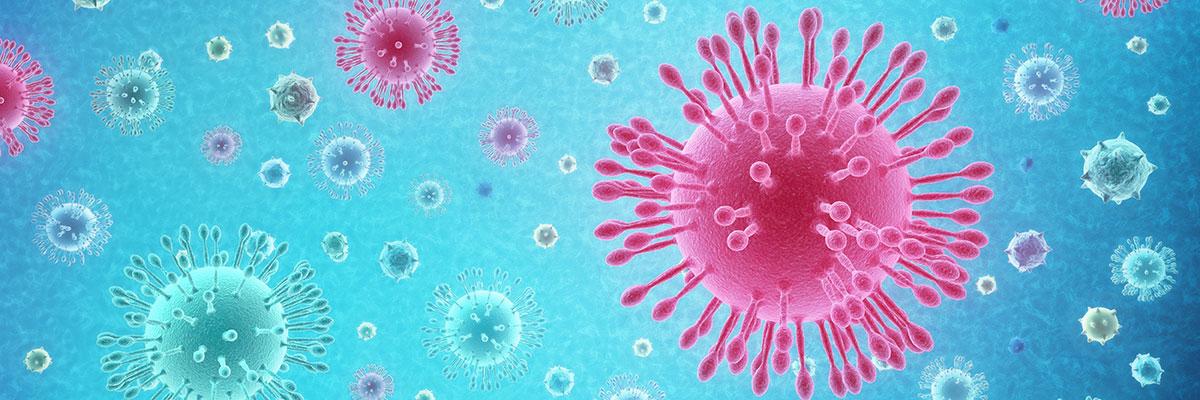

Summary of FDA Emergency Use Authorization of Johnson & Johnson-Janssen COVID-19 Vaccine
AHA Special Bulletin
February 28, 2021
Details on Dosing, Storage and Preparation of the Newly Authorized Candidate, Which Is Slated to Begin Shipping Immediately
The Food and Drug Administration last night authorized the emergency use of the adenovirus vector COVID-19 vaccine co-developed by Johnson & Johnson and Janssen, paving the way for its immediate administration across the country.
The Johnson & Johnson-Janssen vaccine is administered intramuscularly as a single dose. The product is initially stored frozen by the manufacturer and shipped at refrigerated temperatures of 2-8 degrees Celsius. The vaccine is estimated to remain stable for two years at minus-20 degrees Celsius, at least three months of which can be at a temperature of 2 to 8 degrees Celsius. In addition, unpunctured vials of the vaccine can be stored between 9 and 25 degrees Celsius for up to 12 hours.
As required under the emergency use authorization (EUA), Johnson & Johnson-Janssen has released fact sheets for providers and for patients.
The following information is a summary of the provider fact sheet.
Dosing
The product is authorized for use in individuals 18 years of age or older. The vaccine is administered intramuscularly as a single dose. Each dose is 0.5 mL.
Storage and Handling
Storage prior to use. The product should be stored unpunctured between temperatures of 2 to 8 degrees Celsius and protected from light. It can be stored for up to three months at this temperature level. Do not store frozen. Unpunctured vials can be stored unrefrigerated (between 9 and 25 degrees Celsius) for up to 12 hours. While the vaccine is initially stored frozen by the manufacturer, it is shipped at temperatures of between 2 and 8 degrees Celsius. Once received, the product should be thawed and stored at a temperature between 2 and 8 degrees Celsius unless needed immediately. If needed immediately, the product should be thawed at room temperature. If not immediately needed, the vaccine should not be refrozen once thawed.
Storage after Vial Puncture
The date and time of first use should be recorded on the vial’s label. Upon the first dose’s withdrawal, the date and time should be recorded on the vial’s label. Following each dose withdrawal, the vial should be stored between 2 and 8 degrees Celsius for up to six hours or at room temperature (up to 25 degrees Celsius) for up to two hours. Any unused product should be discarded if not used within the prescribed time limits.
Dosing Preparation
The vaccine comes in a multiple-dose vial, which contains a colorless-to-slightly-yellow, clear-to-very-opalescent suspension without any preservative. Each multi-dose vial contains five doses. Prior to administration, the vials must be thawed. Once thawed, the vial should be gently swirled, not shaken. The vial should be gently swirled again prior to each withdrawal for administration.
*Note that the product is a colorless-to-slightly-yellow, clear-to-very-opalescent suspension. If other particulate matter or concerning discoloration is found during visual inspection prior to administration, that specific dose should not be administered and should be discarded.*
Contraindications and Adverse Reactions
The vaccine should not be administered to individuals with known histories of severe allergic reaction to any component of this product. Providers should ensure the availability of appropriate medical equipment to manage any immediate allergic reactions that may present in individuals who have just received the vaccine. Adverse reactions may include, but are not limited to, pain, swelling or erythema at the injection site, fatigue, headache, chills, fever and nausea.
NEXT STEPS
Visit AHA’s website to review a host of resources on COVID-19 vaccines and therapeutics, including materials on distribution and workforce issues.
FURTHER QUESTIONS
If you have questions, please contact AHA at 800-424-4301.

